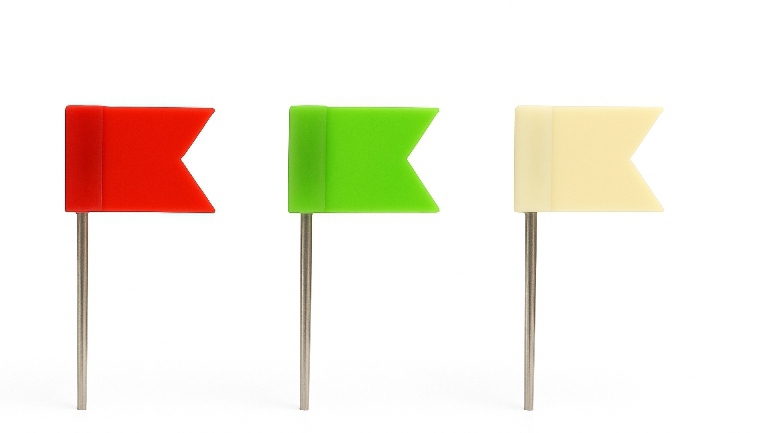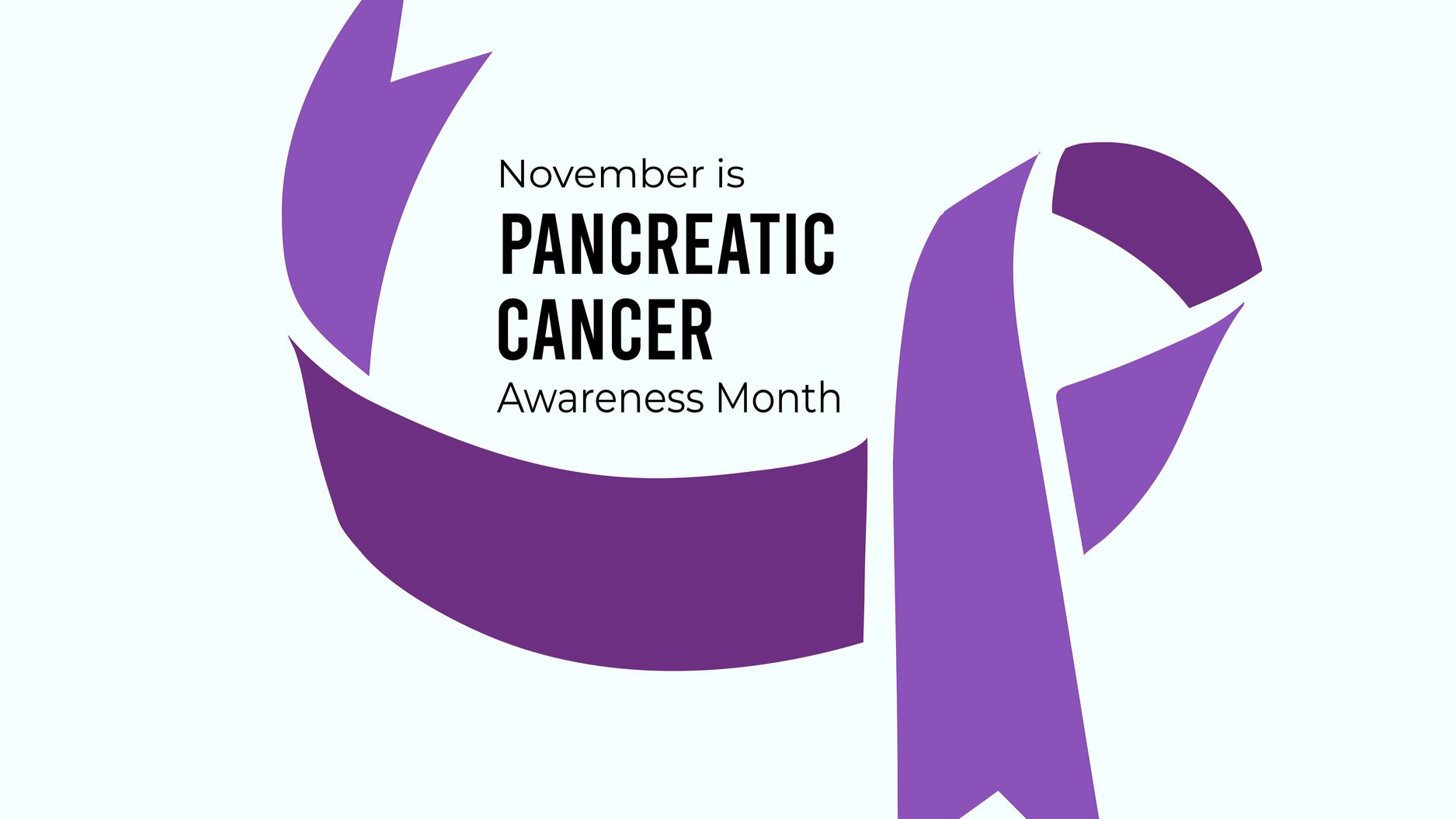If Your Fintech App Were a Person: Green Flags, Red Flags & Beige Flags

When payday lands, a familiar scene plays out across many cities: fingers tapping frantically on smartphone screens, faces reflecting a myriad of emotions, waiting for that alert confirming the salary has come through. At that moment, the fintech app on the screen seems less like a utility and more like a person, someone you love, trust or even doubt a little.
In this modern age where mobile money is deeply woven into everyday life, a question matters more than ever. If fintech were human, how would you judge its character? As platforms shift and financial digitalization accelerates, distinguishing between the good, the bad and the just‑there fintechs becomes a survival skill.
What Does It Mean for a Fintech to Have Green Flags?
Imagine your fintech app as a friend who always shows up when you call, and not just to pick up, but to offer help. One of the most powerful green flags is transparency in how the app handles money. This means clear fees and charges. Beyond just fees, a good fintech system behaves as though it genuinely cares. When you send money and something goes wrong, you want more than an automated chat window. You want a support system ready to listen and help.
Security is another defining trait. For a fintech to feel trustworthy, it should protect users with proper encryption and two‑factor authentication, but without turning the onboarding into an interrogation. Users shouldn't feel like they are being profiled rather than protected. Perhaps the clearest green flag shows up in regulation. Regulation means accountability. When a fintech builds with legal compliance from the outset, it signals maturity and a commitment to long-term service, not just short-term growth.
In addition, a good fintech treats data and trust as important. A fintech that clearly communicates how it uses data, and gives users some control over it is demonstrating respect and ethical design. There's also a green‑flag quality in those fintech apps that don’t simply mimic Western designs but acknowledge local realities. For example, a wallet that understands network unreliability or integrates with mobile money and USSD services can feel more like a trusted friend.

What Makes a Fintech Raise Red Flags?
One of the clearest red flags occurs when a fintech dangles guaranteed high returns on savings or investment products. If an app claims it can double your money in a very short time or guarantees an absurdly high ROI, alarm bells should ring. Another red flag is a suspicious lack of legitimate reviews or a digital footprint. A credible fintech will have verifiable customers, press coverage and some third-party validation.
Delays in withdrawals are another telltale sign. A stable fintech should allow for predictable cash inflow and outflow. Account freezes without clear explanation also qualify as red flags. If one's balance gets locked for unspecified reasons with little communication, that app is operating in a non-trustworthy manner. Trust also falters when customer support becomes an obstacle rather than a bridge. If reaching a human is nearly impossible, or responses feel scripted and dismissive, users may feel abandoned. Beyond that, any suspicious requirement for uploading sensitive documents with little guarantee of security is deeply concerning.
These red flags are particularly potent because many users rely on trusted community relationships to guide their financial behavior. When a fintech cannot prove its reliability through straightforward operations and clear communication, it betrays that social contract.

The Middle Ground We Ignore
Between the green and the red, there’s a third category of fintech personality: beige. These are the fintechs that don’t exactly earn hearts, but they don’t cause panic either. They’re competent, functional and mostly forgettable. A beige fintech often has a user interface that works but feels outdated or uninspired. It may be stable and secure, but its design is bland, layouts are predictable, and colors don’t reel you in.
Another hallmark of a beige fintech is feature stagnation. These platforms offer the expected capabilities but nothing more, there's no real innovation. Beige fintechs may also display slow but steady customer support, responses eventually come, but not quickly enough to inspire confidence. There’s nothing malevolent there, just a lack of urgency in prioritizing user experience.
And then there are user trust signals, beige fintechs don’t make wild promises, but they don’t go out of their way to build community trust either. They may be properly licensed, but they don’t announce it. Their data policies are mildly clear but not compellingly transparent. For many users, a beige fintech becomes someone to call when you need to send money or check your balance, but not someone you worry or brag about.
Why These Flags Matter in West Africa’s Fintech Landscape
To dismiss fintech as just another tech trend misses a deeper social and economic truth. Financial decisions intersect with community trust, social reputation and generational pressure. Green‑flag fintechs build trust with people who need it most, they become bridges to stability. Red‑flag fintechs prey on the very gaps that the digital financial revolution promises to close. In a region where traditional banking systems may be inaccessible, shady fintech promises can be especially damaging. Beige fintechs hold their own value but they come with risk too. If fintechs don’t push beyond functionality into trust-building and ethical design, the market might scale without cultivating loyalty or resilience.
At the same time, regulating fintech in West Africa is a work in progress. Bodies like Nigeria’sCentral Bank and Ghana’s Bank of Ghana are working to create frameworks that balance innovation and protection. So the flags we raise are reflections of deeper systemic dynamics such as financial inclusion and cultural realities.
Practical Ways to Spot These Flags
Every user can build a fintech-flag radar. Start by paying attention to the moments when the app interacts with your real money. Read the terms of service too, even if just in parts. Check how much they charge, how they ask for your identity and whether they mention regulatory oversight. A green‑flag fintech doesn’t hide its architecture. Support interactions are another litmus test. If you reach out and consistently receive short, unhelpful responses, that may be a structural weakness in how the company values its customers. Reflect on how often you or your peers express real satisfaction or frustration with the app.
Another underestimated measure is community reputation. Money talk happens in social circles, so ask around. A fintech that resonates in its local ecosystem is building trust. Finally, leverage regulation. Use publicly available directories from central banks to check whether a fintech provider is officially licensed or operating in a grey area. Licensed fintechs are not immune to risk, but they are more likely to be held accountable.
Fintech’s Role in Our Future
Fintechs opened the door not just to transactions, but to financial identities, savings habits and credit access. Green‑flag fintechs are building the infrastructure of inclusion. They provide safe channels for people to manage money, build savings and take risks with dignity. When they operate ethically, they help redistribute financial power.
But if red‑flag fintechs succeed by exploiting hope, they risk deepening the very vulnerabilities they appear to solve. Predatory lending is not just a financial issue, it is a social justice issue. It can trap vulnerable people in cycles of debt burdened by unrealistic promises.
Meanwhile, beige fintechs reflect a different challenge: the level of mediocrity. If the majority of fintechs remain functionally “just okay,” innovation slows;. Ultimately, the fintech apps that will win in the long run depend not just on their growth metrics, but on how they build trust and remain culturally relevant.
What Does Your Fintech Friend Look Like?
The fintech app in your pocket is a character in your financial story. Green flags matter because they mean trust, safety and dignity. Red flags warn of exploitation, opacity and risk. Beige flags remind us that not every app is going to win hearts, and sometimes mediocrity is the easy way out.
For anyone using fintech in West Africa, cultivating a “flag radar” is essential. It’s about protecting money and also preserving trust in a system that’s increasingly digital. Fintech can be our friend. But to trust it, we have to know when it truly deserves that role.
You may also like...
How Religion Keeps Communities Connected Abroad

Explore how faith unites diaspora families across continents. From African churches in London to mosques in New York, di...
Mama G: The Nollywood Icon Who Never Fades

Patience Ozokwor, fondly called Mama G, is one of the most iconic names in Nollywood. When you hear that name, one thing...
The Secret Double Life of Employees

Have you ever looked at a coworker and wondered what they do after office hours? That quiet, focused colleague who seems...
Bus Sleepers Association:The Reality of 9-5 workers

Most 9-to-5 workers operate with a strange but very real sleep formula, four or five hours at home and the remaining thr...
Pancreatic Cancer Awareness Month: Catching the Quiet Signs Before It's Too Late

November is the month set aside to relate awareness for Pancreatic Cancer. This cancer is a silent killer because it is ...
Your Salary, Your Rules: Budget hacks That Actually Work

Money comes and goes, often faster than you can blink. One moment you’re excited to see your salary hit your account, an...
The Rise of Non‑Boring Workspaces

Offices are shifting from functional spaces to creative ecosystems shaped by identity, wellbeing and flexibility. Yet th...
Old vs New Fintech: Which One Keeps Your Money Safer?

Money has become more digital than ever, From paying a bike man to buying airtime to receiving salary. We now depend on ...
